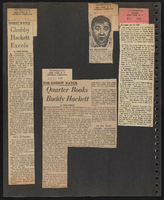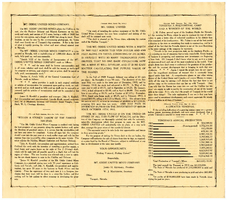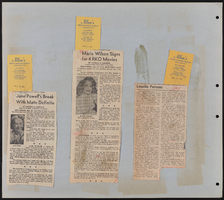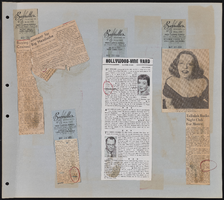Search the Special Collections and Archives Portal
Search Results

Interview with Navor Tito Valdez, June 20, 2005
Date
Archival Collection
Description
Text
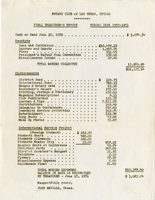
The Wheel of Rotary Las Vegas Rotary Club newsletter, June 21, 1951
Date
Archival Collection
Description
Text
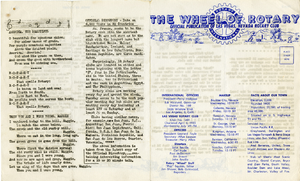
The Wheel of Rotary Las Vegas Rotary Club newsletter, August 25, 1949
Date
Archival Collection
Description
Text
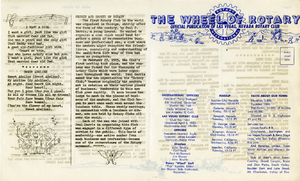
The Wheel of Rotary Las Vegas Rotary Club newsletter, October 13, 1949
Date
Archival Collection
Description
Text
Gene Hertzog Professional Papers
Identifier
Abstract
The Gene Hertzog Professional Papers (approximately 1930-2015) are comprised of photographs, slides, transparencies, publications, video cassettes, correspondence, and digital files spanning Gene Hertzog's working years with the United States Army, the Bureau of Reclamation, and as a freelance photographer and videographer based in Southern Nevada, New Mexico, and Washington state. The collection documents the complicated infrastructure required to supply water to the Las Vegas Valley and includes still and moving images of the Springs Preserve, Lake Mead National Recreation Area, the Colorado River, and the Columbia Basin. The majority of the collection comes from Hertzog's time as a regional photographer for the Bureau of Reclamation and offers a unique glimpse into the Bureau's work in Southern Nevada, the southwest, and the Pacific Northwest from the 1950s to the mid-1990s.
Archival Collection
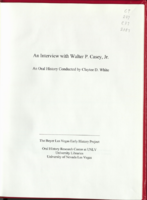
Transcript of interview with Walter P. Casey, Jr. by Claytee D. White, November 15, 2004 and January 13, 2005
Date
Archival Collection
Description
Text

